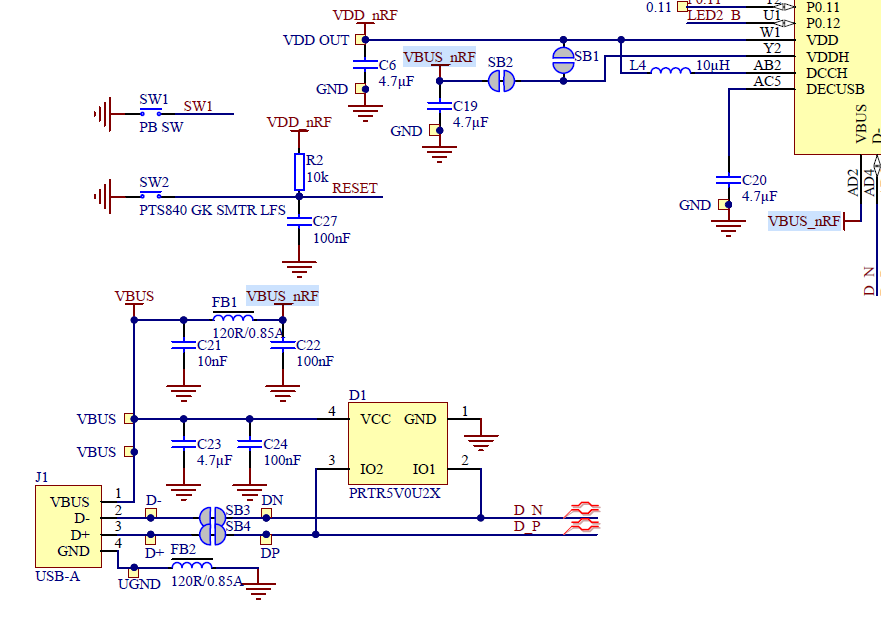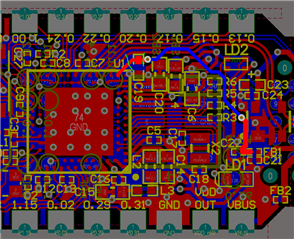This is just a verification, but in the nRF52840 Dongle schematic, it looks like VBUS is is connected to VDDH (by way of VBUS_nRF, which isn't an actual pad or pin, but just VBUS after it has passed through a low-pass filter). This being the case, is it okay to connect VBUS to a lithium (max 4.2V) battery to power the device? I can't imagine why it wouldn't be, but it isn't specifically called out in the datasheet so I just wanted to double check. Thanks!




